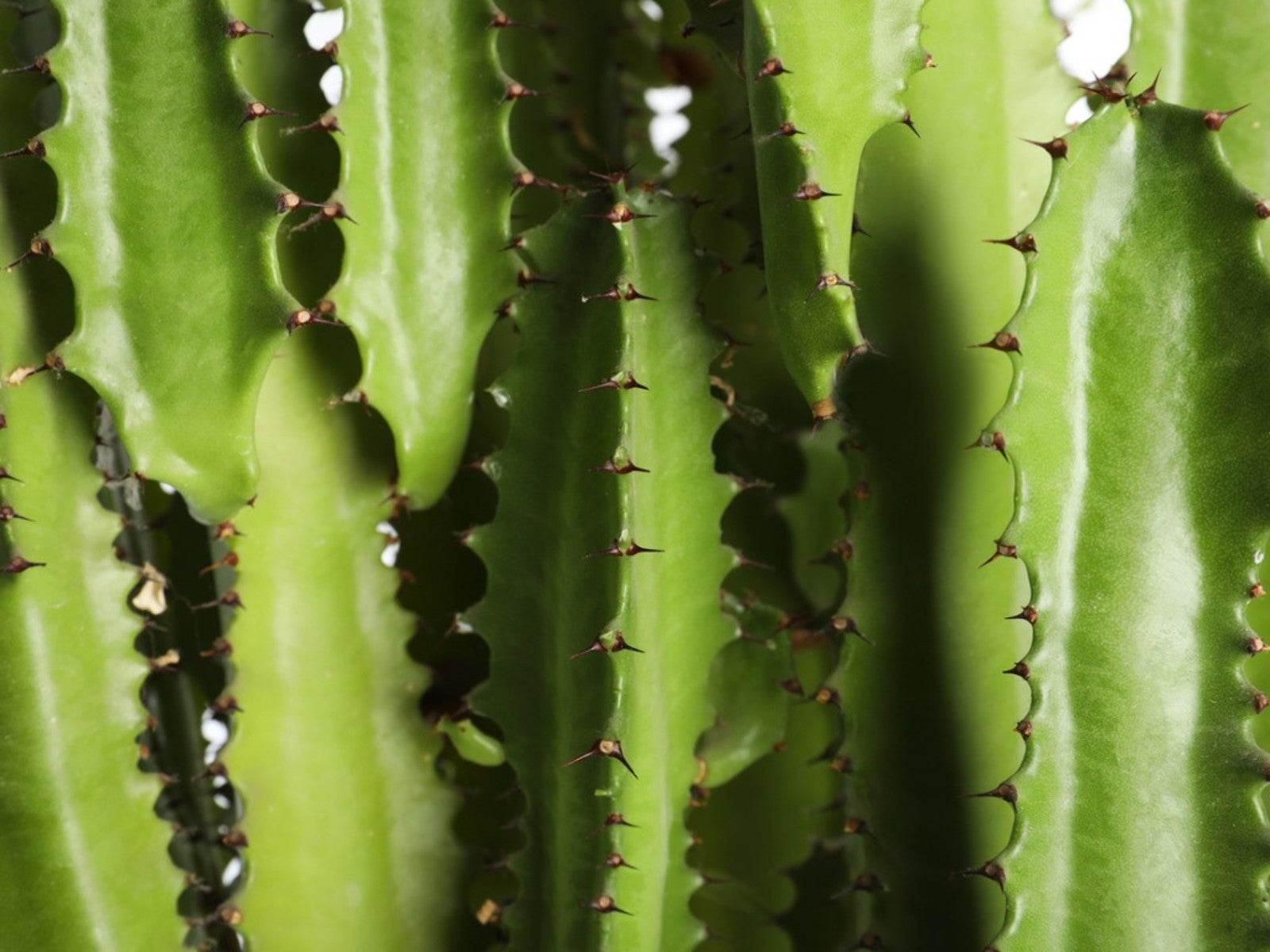Fusarium Cactus Diseases: Signs Of Fusarium Rot In Cactus


Fusarium oxyporum is the name of a fungus that can affect a wide range of plants. It’s common in vegetables such as tomatoes, peppers, eggplants, and potatoes, but it’s also a real problem with cacti. Keep reading to learn more about the signs of fusarium wilt in cactus plants and methods for treating fusarium on cacti.
What is Cactus Fusarium?
While the fungus itself is called Fusarium oxyporum, the disease that results from it is commonly known as fusarium rot or fusarium wilt. The disease usually starts in the roots, where cactus fusarium enters through tiny wounds in the plant likely caused by nematodes.
The fungus then spreads upward to the base of the cactus, where signs of fusarium wilt in cacti become more visible. A pink or white mold appears around the base of the plant, and the entire cactus might start to wilt and become discolored, turning red or purple. If the plant is cut open, it gives off a bad, rotting smell.
Treating Fusarium on Cactus Plants
Fusarium rot in cactus has no cure. Therefore, treating fusarium on cactus plants is more about prevention and damage control than it is about rehabilitation.
If you find fusarium rot in cactus plants in your garden, you’ll likely have to dig up the plants and destroy them. If you catch it very early, however, you might be able to save the plant by cutting out the infected areas with a sharp knife and dusting the wounds with charcoal or Sulphur dust.
Cactus fusarium spreads quickly in hot, wet conditions, so try to keep your cacti as dry as possible. Always sterilize pots and use new, sterile soil when planting cacti to reduce the risk of introducing fusarium into its environment.
Sign up for the Gardening Know How newsletter today and receive a free copy of our e-book "How to Grow Delicious Tomatoes".

The only child of a horticulturist and an English teacher, Liz Baessler was destined to become a gardening editor. She has been with Gardening Know how since 2015, and a Senior Editor since 2020. She holds a BA in English from Brandeis University and an MA in English from the University of Geneva, Switzerland. After years of gardening in containers and community garden plots, she finally has a backyard of her own, which she is systematically filling with vegetables and flowers.